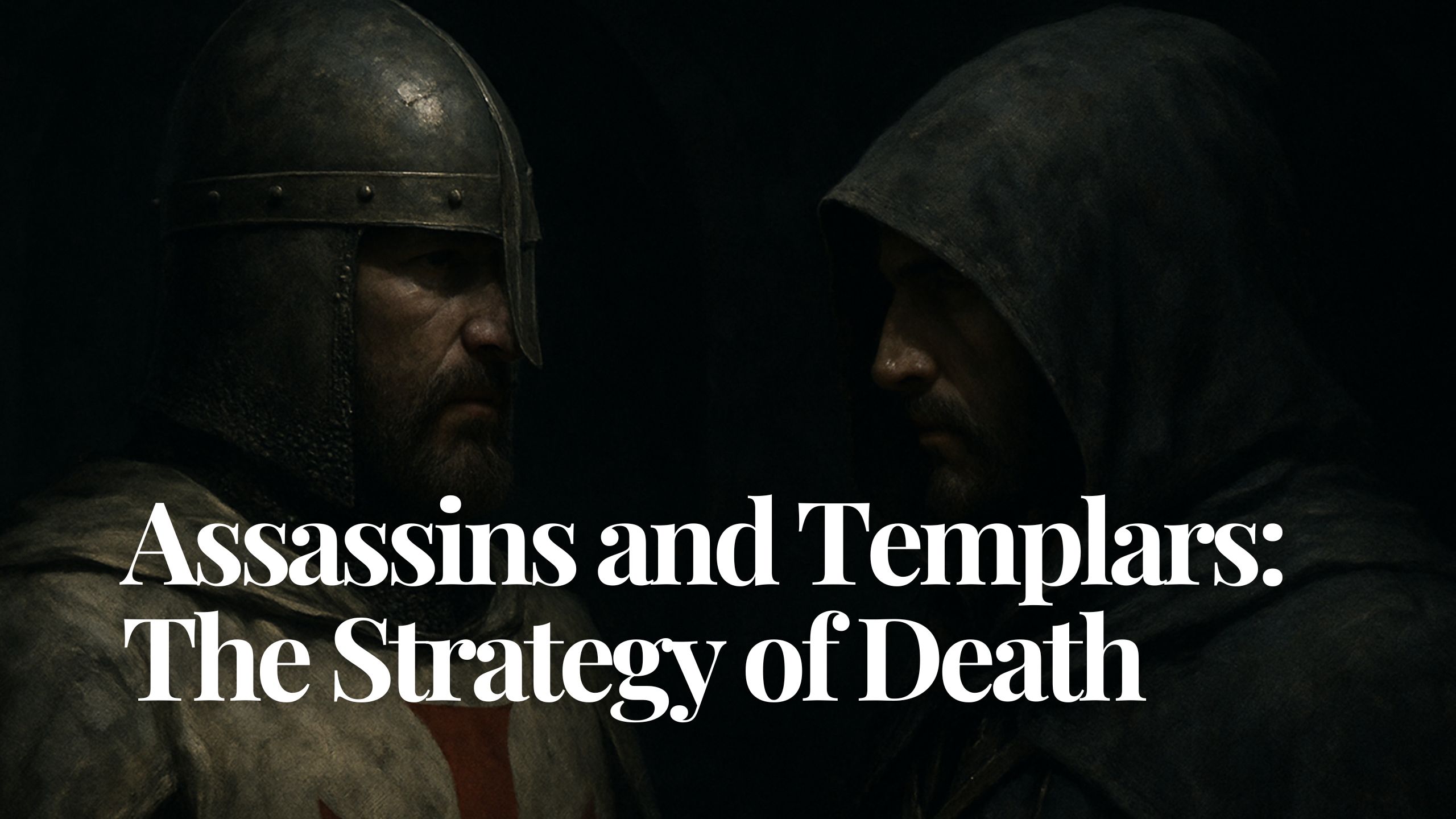
"During the Crusades the winning formula was to put enormous amounts of money and energy into acquiring big armies. All the major players did it. The huge quantities of young, reckless men that this required were the underlying drivers for two centuries of war and criminality. They were also the basic building blocks upon which (almost) all power structures were built."
"The Assassins and the Templars often had an extremely fractious relationship. They had ostensibly nothing in common. They had vastly different reputations and cultural backgrounds. And yet in some ways they were strikingly similar. Both groups, though they would not have deigned to recognise it, had a bizarrely similar cultural underpinning-overlapping objectives, similar strategies and strangely parallel defining characteristics. Each was outnumbered."
Major Crusader-era powers concentrated vast resources on raising large armies, driving two centuries of warfare and criminality through mobilization of young, reckless men. Smaller Turkic polities and city-states mostly failed to remain independent and were absorbed into emerging superstates like Saladin's Ayyubid Empire and later Mamluk regimes, with old dynasties reduced to vassal status or eliminated. A few groups chose different models. The Assassins and the Templars relied on fanatic commitment, focused tactics, and acceptance of mortal risk to counter numerical and technological disadvantages. Both exhibited cult-like features centered on the promise of death and extreme dedication to violent, targeted objectives.
Read at Medievalists.net
Unable to calculate read time
Collection
[
|
...
]